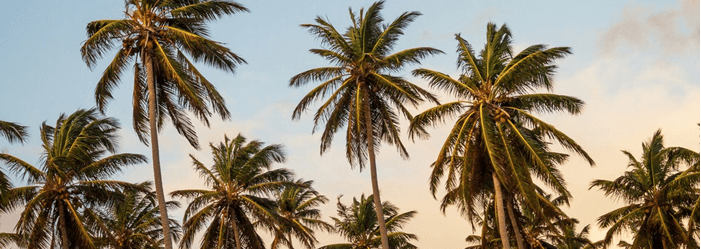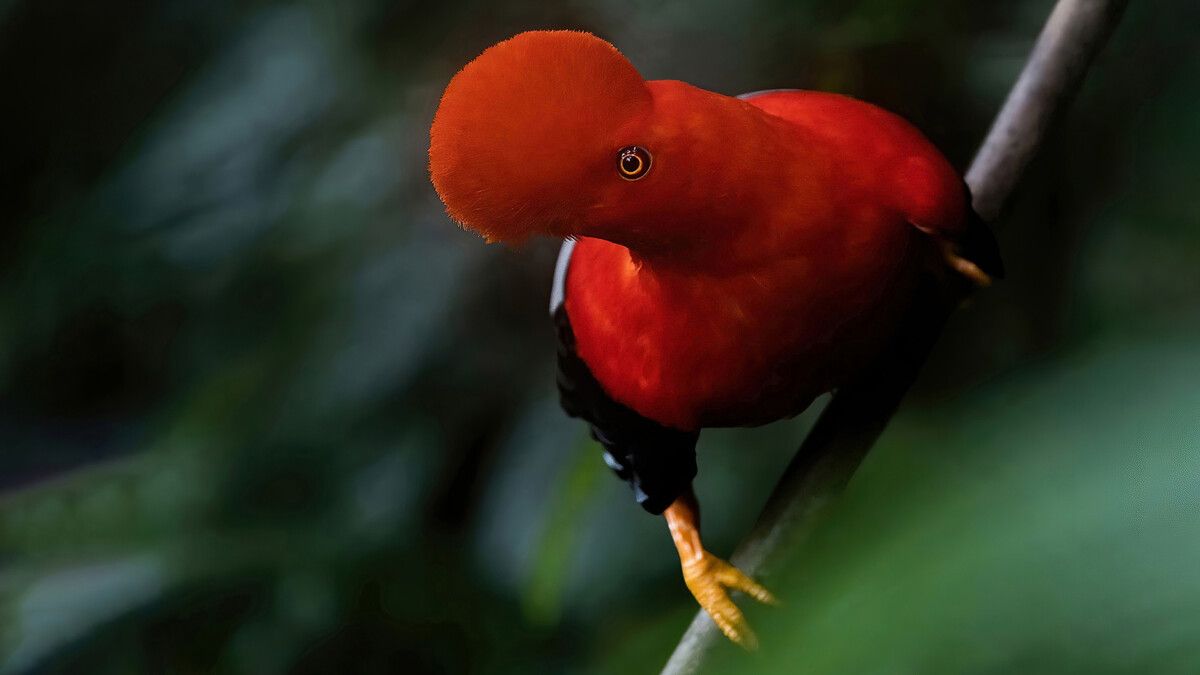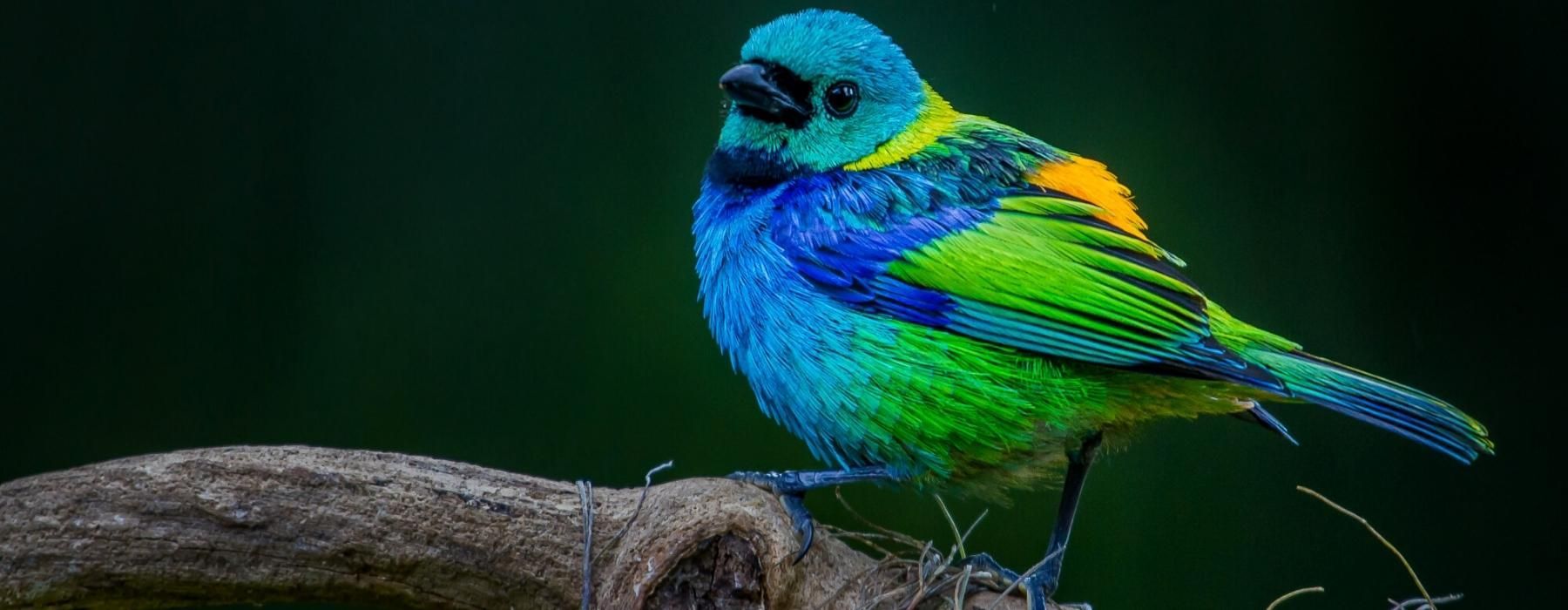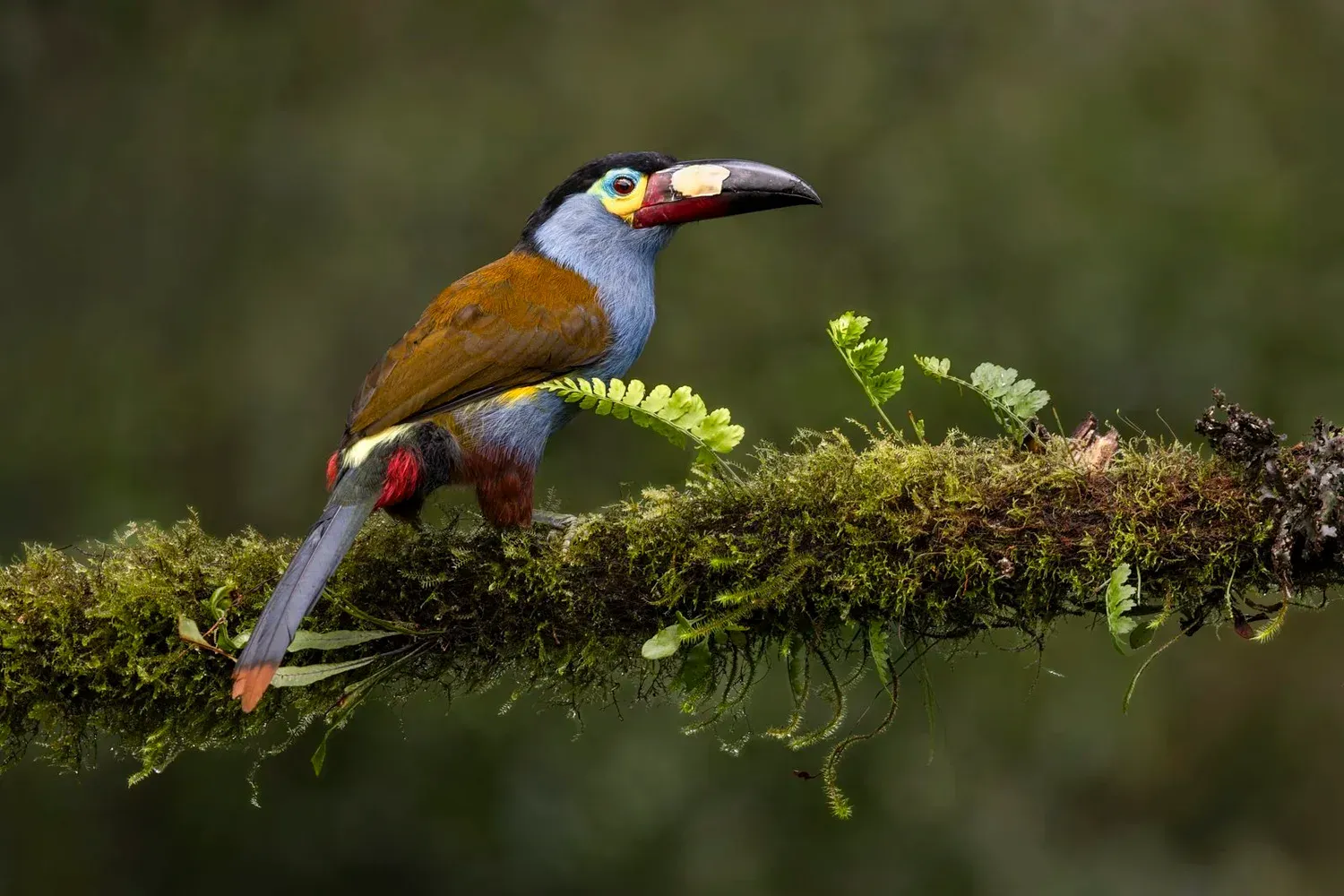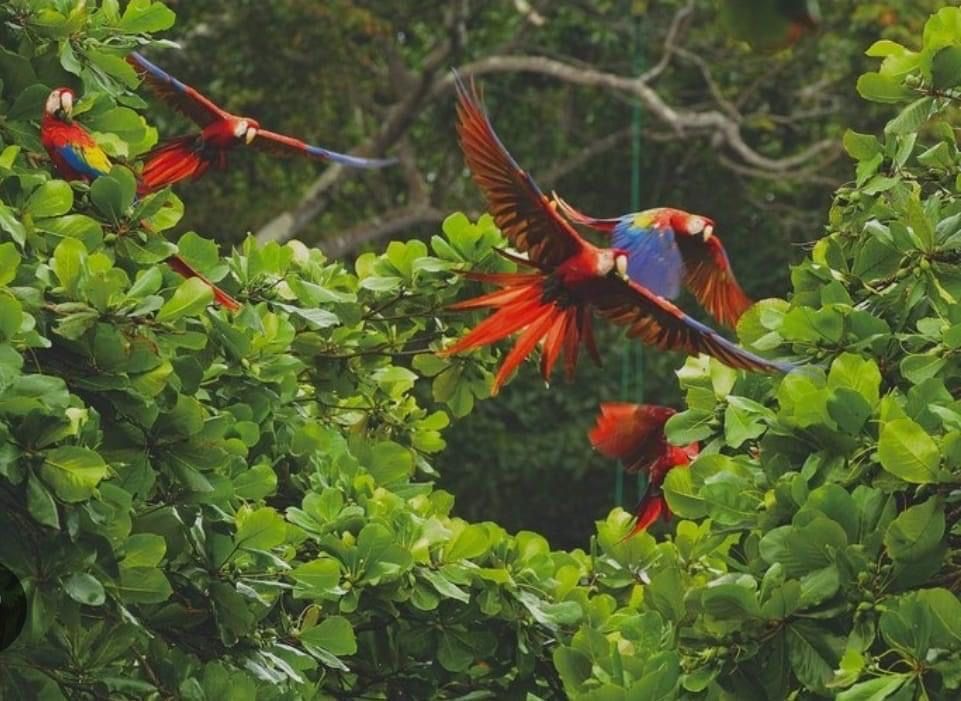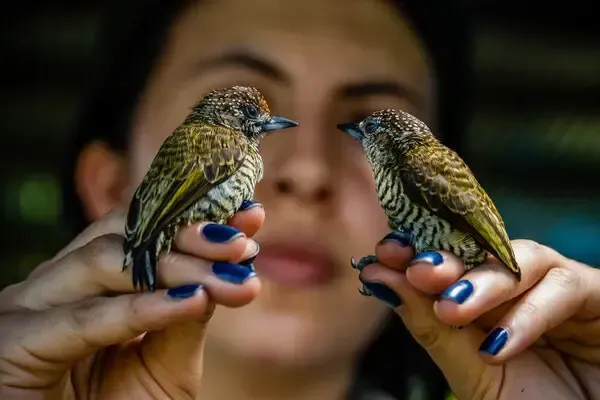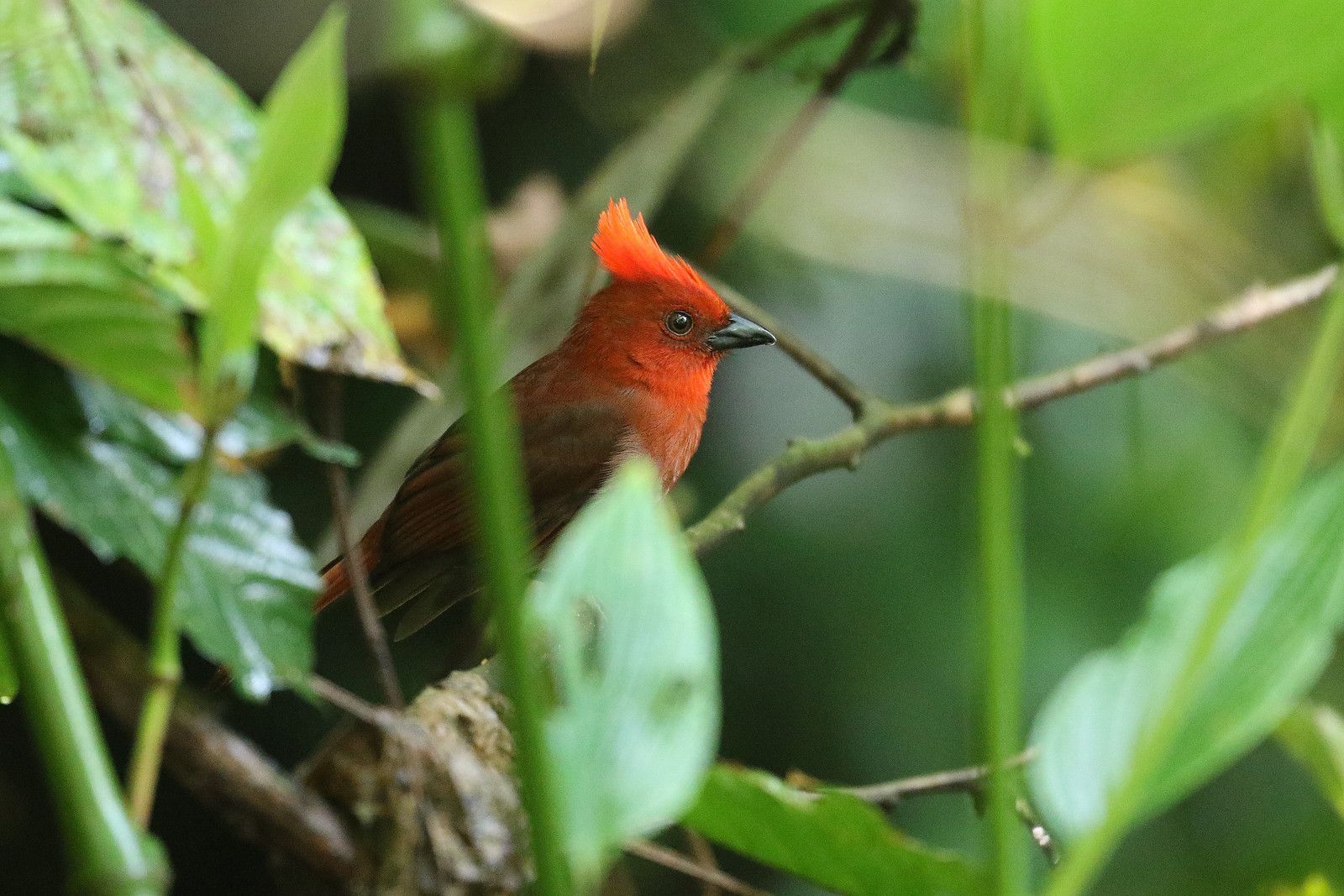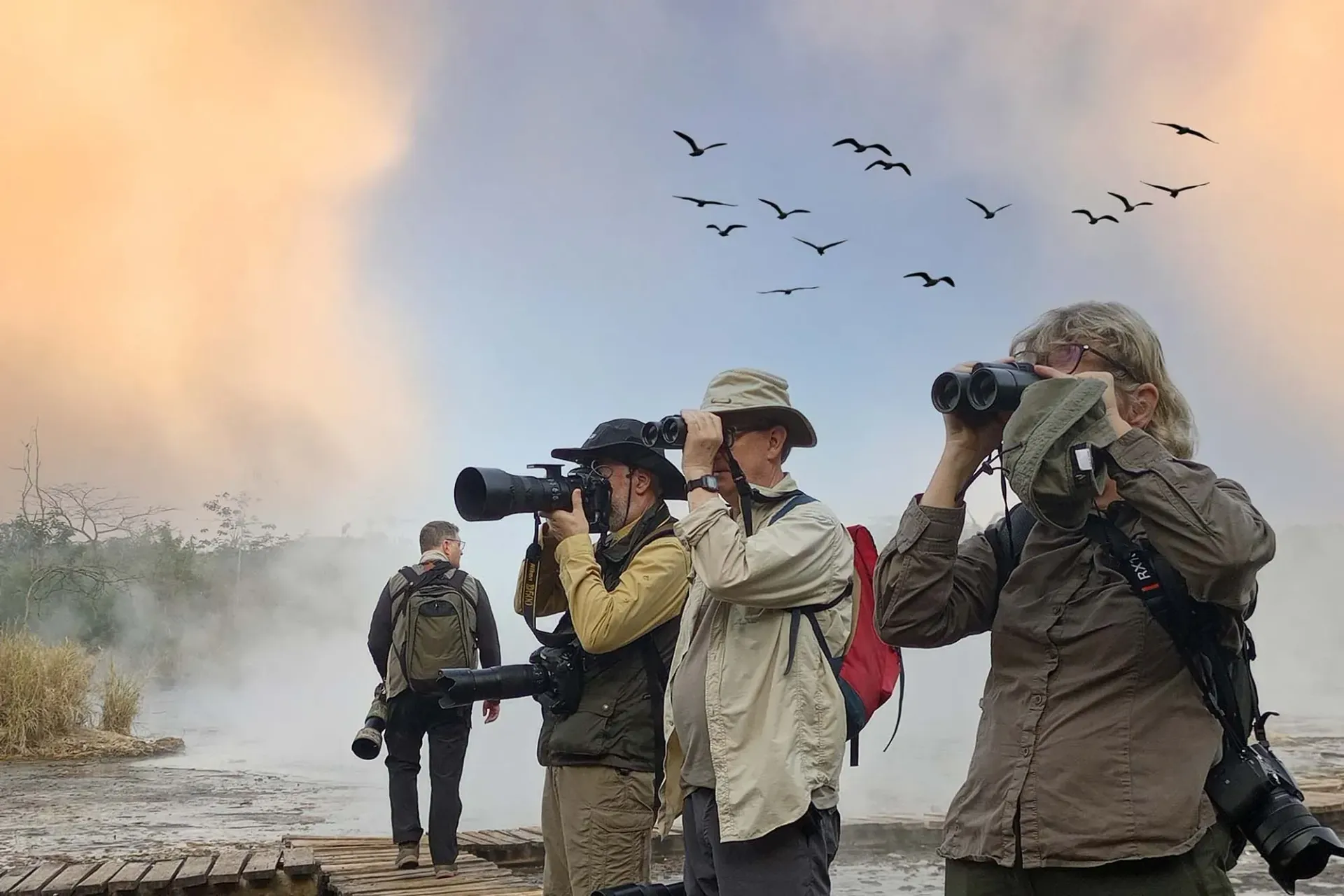Discover the Pantanal: Brazil’s Wildlife Heaven for Bird Photographers
Discover the Pantanal: Brazil’s Wildlife Heaven for Bird Photographers
The Pantanal, stretching across Brazil, Bolivia, and Paraguay, is the world’s largest tropical wetland and one of the most breathtaking wildlife destinations on Earth. For bird photographers, it’s nothing short of paradise — a vast mosaic of rivers, lagoons, and flooded grasslands teeming with over 650 bird species. From vibrant macaws to stealthy herons, this UNESCO World Heritage site offers endless opportunities to capture birds in their natural habitats, all against some of South America’s most dramatic landscapes.
In this guide, we’ll explore why the Pantanal is a dream destination for photographers, when to visit, what species to focus on, and essential photography tips to make the most of your journey.
The Pantanal: A Photographer’s Dream Ecosystem
Unlike the dense Amazon, the Pantanal’s open landscapes make it much easier to spot and photograph wildlife. The flooded plains and gallery forests create perfect backdrops for natural light photography, where reflections, contrasts, and depth add magic to every shot.
Here, wildlife is visible, abundant, and often close, allowing photographers to capture stunning details without the need for extreme telephoto lenses. Whether you’re on a boat gliding through mirror-still waters or standing in a hide at sunrise, the Pantanal rewards patience and preparation with once-in-a-lifetime images.
Why Bird Photographers Love the Pantanal
- Unmatched Bird Diversity: Over 650 species call the Pantanal home, including endemic and migratory birds.
- Open Terrain: Unlike rainforest environments, the wide-open wetlands make photography easier, with unobstructed views.
- Golden Light: The region’s tropical climate provides clear mornings and glowing sunsets — perfect for capturing birds in flight.
- Close Encounters: Many birds are accustomed to human presence, allowing intimate, natural shots.
- Complementary Wildlife: Besides birds, photographers can capture jaguars, capybaras, caimans, and giant otters.
Top Bird Species to Photograph in the Pantanal
1. Hyacinth Macaw (Anodorhynchus hyacinthinus)
The world’s largest parrot, with its royal-blue plumage and golden facial markings, is the symbol of the Pantanal. These intelligent birds are often seen in pairs perched on palm trees or feeding on nuts. Early morning or late afternoon light accentuates their brilliant colors beautifully.
2. Jabiru Stork (Jabiru mycteria)
This majestic bird, standing over four feet tall, is one of the Pantanal’s icons. Its black head and red neck pouch make it instantly recognizable. Photographing a jabiru soaring over wetlands or tending its nest adds grandeur to any portfolio.
3. Roseate Spoonbill (Platalea ajaja)
With its pink feathers and spoon-shaped bill, this bird is a delight to capture, especially in flight when sunlight illuminates its wings. They’re often found wading through shallow lagoons in small flocks.
4. Toco Toucan (Ramphastos toco)
No trip to the Pantanal is complete without the Toco Toucan — its massive orange bill and curious expressions make for captivating portraits. Look for them in forest edges and near lodges during early mornings.
5. Great Egret & Herons
The wetlands are a playground for photographers who love reflections and minimal compositions. Egrets and herons provide stunning contrasts against the green and blue hues of the Pantanal waters.
6. Black-collared Hawk (Busarellus nigricollis)
This raptor is known for its fishing skills. Photographers often capture it swooping down to snatch prey from the water — a thrilling display of precision and power.
7. Scarlet-headed Blackbird & Ibis
Their intense coloration shines under the tropical sun, perfect for close-up photography. The Scarlet-headed Blackbird in particular is a favorite for its fiery red plumage and striking presence.
Best Time to Visit for Bird Photography
The ideal time for bird photographers to visit the Pantanal is during the dry season (July to October). As the water levels recede, birds and other animals gather around remaining lagoons and rivers, making sightings frequent and diverse.
- Dry Season (July–October): Clear skies, easier access, and incredible bird concentration.
- Wet Season (November–March): Lush scenery and breeding season for some species, though access can be challenging due to flooding.
For those seeking action shots, such as fishing or flight scenes, late afternoons during the dry season provide dramatic golden-hour lighting and active behavior.
Top Locations for Bird Photography in the Pantanal
1. Poconé and the Transpantaneira Road
This 150-kilometer dirt road connects dozens of lodges and waterways, offering endless opportunities for roadside photography. Birds perch along fences, bridges, and flooded fields, giving you access to incredible diversity without long treks.
2. Porto Jofre
Located at the end of the Transpantaneira, Porto Jofre is famous for jaguar sightings — but it’s equally rich in birdlife. Kingfishers, herons, and macaws abound near the riverbanks.
3. Fazenda Santa Tereza and Araras Eco Lodge
Both lodges are hotspots for bird photographers, offering private wetlands and observation towers. Here, species like Hoatzins, Sungrebes, and Toucanets are common.
4. Miranda and Aquidauana Regions
In the southern Pantanal, these areas feature open savannahs and gallery forests, ideal for photographing storks, ibises, and hawks in flight.
5. Taiamã Ecological Station
This remote area is one of the most pristine sections of the Pantanal, accessible mainly by boat. It’s perfect for capturing riverine species and large flocks of waterfowl in untouched habitats.
Photography Tips for Capturing the Pantanal’s Birds
1. Use the Right Equipment
A telephoto lens (400mm–600mm) is essential for close-ups, while a zoom lens (100–400mm) is perfect for birds in motion. Bring a fast shutter speed (1/2000 sec or higher) to freeze flight and action shots.
2. Master the Light
The Pantanal’s soft morning and evening light enhances feather textures and color contrasts. Midday light can be harsh, so use it for silhouette or reflection shots.
3. Stay Ready for Action
Birds move quickly — pre-focus on likely perches or feeding areas. Continuous autofocus (AI-Servo or AF-C) and burst mode will help you catch fleeting moments.
4. Protect Your Gear
The wetlands can be humid and dusty. Use waterproof covers, dry bags, and silica gel to protect your camera and lenses.
5. Ethical Photography
Respect wildlife by maintaining a safe distance and avoiding flash photography near nests or sensitive species. The Pantanal’s magic lies in observing natural behavior — not disturbing it.
Wildlife Beyond Birds: The Complete Pantanal Experience
Although birdlife takes center stage, photographers can also encounter a spectacular range of animals:
- Jaguars: Often seen near riverbanks — one of the few places in the world with reliable sightings.
- Capybaras: The world’s largest rodent, often surrounded by birds feeding on insects.
- Giant Otters: Playful and photogenic, especially when swimming or hunting as a group.
- Caimans: Common throughout the wetlands, adding dramatic tension to your compositions.
Capturing interactions between these species — such as herons perched on capybaras or storks beside jaguars — brings storytelling depth to your wildlife photography.
Accommodation and Local Expertise
Many eco-lodges in the Pantanal cater specifically to photographers. They offer guided tours with early departures, customized hides, and river excursions for optimal shooting angles.
Some top-rated lodges include:
- Araras Eco Lodge (near Poconé) – excellent for macaws and storks.
- SouthWild Pantanal Lodge – renowned for bird hides and professional guides.
- Refúgio Ecológico Caiman – combines luxury with unbeatable wildlife diversity.
Hiring a local guide is invaluable. They understand bird behavior, nesting areas, and the best light conditions for photography, maximizing your time in the field.
Preparing for Your Trip
- Health: Bring insect repellent, sun protection, and stay hydrated.
- Gear Checklist: Spare batteries, memory cards, cleaning kits, and binoculars.
- Transportation: 4x4 vehicles and riverboats are the best ways to explore the region.
- Sustainability: Support lodges and operators that prioritize conservation — the Pantanal’s fragile ecosystems depend on responsible tourism.
Conclusion: The Pantanal — Where Birds and Beauty Converge
For bird photographers seeking an unforgettable experience, the Pantanal is unmatched. Its combination of accessibility, diversity, and dramatic scenery makes it one of the most rewarding places on the planet to hone your craft.
From the thunderous wingbeats of the Hyacinth Macaw to the still elegance of the Jabiru Stork, every moment in this vast wetland is a masterpiece waiting to be captured.
Whether you’re an amateur photographer exploring new horizons or a professional chasing rare species, the Pantanal promises not only extraordinary images but also a profound connection with nature — one frame at a time.


